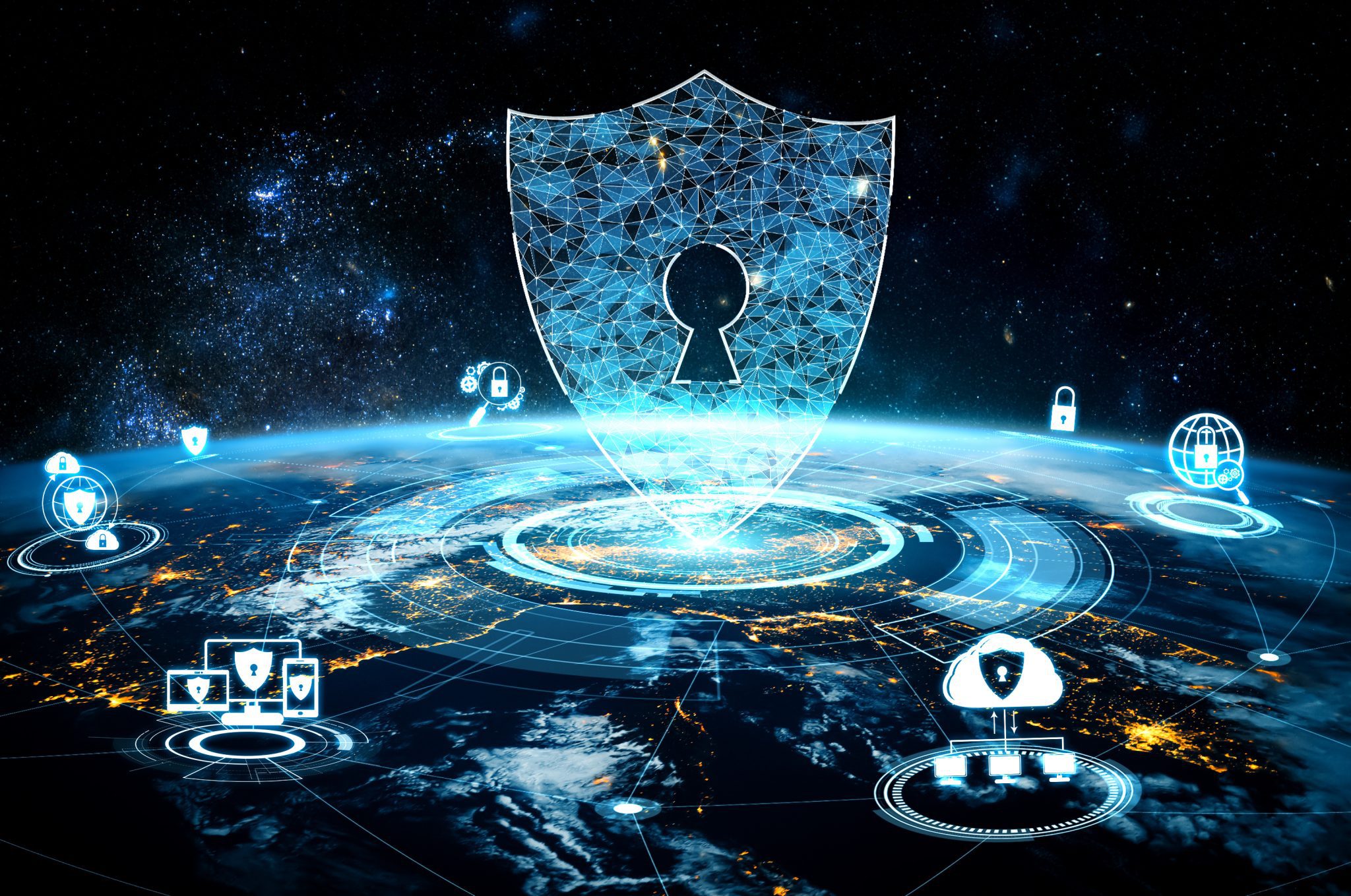Align operations with the corporate objectives. Minimize risks and define actions to address them when they arise. Ensure compliance with the multiple and evolving regulatory frameworks that affect organizations.
All of this is taken care of by a GRC (corporate governance, risk management and compliance) solution. Put another way. It’s the difference between having good operational health and a positive reputation versus suffering business continuity incidents and paying huge fines.
The market is realizing this. Business Research Insights estimates that investments in GRC solutions in 2024 will reach US$44 billion globally. That number is set to more than double in the next eight years. It will reach US$119.8 billion. An unstoppable trend.

GRC for better strategic decision making
A company that decides to unify the GRC approach strengthens all processes involved, improves performance and drives optimal decision making. Because it considers all the elements that could affect the organization.
From social events to natural disasters, from regulatory changes to new opportunities provided by the context. It analyzes this data as a whole and enables the best strategic decisions to be made as a result.
GRC is defined as “the integrated collection of capabilities that enable an organization to reliably achieve objectives, deal with uncertainty and act with integrity” and includes three aspects.
The components of GRC: Governance and risk management
The first is governance or corporate management. It involves the organization’s key decision makers. It seeks to ensure that all activities and processes are aligned with the overall purpose and objectives.
What would be “bad governance”? When a manager does not respect internal policies. Or when a certain sector handles information in an isolated or “privileged” manner. On the contrary, good corporate governance is characterized by internal audits, transparency and continuous supervision.
The second component is risk management. This is the set of practices and procedures for identifying, assessing and controlling threats and risks to the organization.
Risks take many forms. And they can be both internal and external: a financial fraud, a lawsuit for legal non-compliance or a cyber attack. Also, a failed product that causes consumer harm, a facility accident or a natural disaster. Similarly, they could be generated in the suppliers that provide services to our organization. The range is very wide. Knowing how to manage them is key to minimizing their impact on operations.
The components of GRC: Regulatory Compliance
The compliance component consists of aligning organizational activities with current laws and regulations that impact the industry in which the organization operates.
Today, we see how regulations are advancing and becoming more strict. These include environmental, data privacy and sustainability issues, as well as those related to the emergence of new technologies.
One of the great challenges facing organizations is that regulatory frameworks are very dynamic. They change at great speed and there are differences on the same issue between different countries and even in different cities within the same country.
Proper compliance is essential in a context in which customers, suppliers and investors use these criteria to choose the companies with which they interact. But it is also key to avoiding fines and legal sanctions. In all cases, the consequences could be devastating for the organization.
In that sense, GRC frameworks centralize the continuous monitoring of compliance and ensure rapid adaptation to changes.
The importance of GRC
GRC solutions play a key role for organizations. They not only help mitigate risks and comply with regulations, but also provide strategic insights to improve the operation.
In addition, it provides end-to-end visibility into the organization. And it ensures fluid communication and that the right information always gets to the right people at the right time.
While some functionalities are already covered by artificial intelligence-based automations, in the future, GRC solutions are expected to integrate these technologies more strongly and achieve greater automation or predictive analytics. Thus, they could increase their levels of proactivity and improve operational efficiency.
Implementing GRC
When implementing a GRC solution, the organization must first focus on the discovery phase. Understand its current risk assessment and compliance processes. Identify pain points and opportunities for improvement. Identify information gaps. Moreover, it is important to recognize regulations, contracts, laws and standards relevant to the organization.
For the unified approach to be possible, it is necessary to have the support of the entire top management.
The presence of a suitable technology partner is also important. This must have the ability to provide end-to-end integration with all significant data points for the GRC solution. At Nubiral we offer our 360º vision. Thus, our clients not only “implement GRC”, but get a holistic view of their organizations and leverage the full value of the tool.
Conclusions
We live in an increasingly regulated and volatile world, with an enormous amount of uncertainty. At the same time, customers, suppliers and investors are demanding more and more responsibility from the companies with which they interact.
This context becomes an enormous challenge. But it is also a perfect opportunity for companies to integrate corporate governance, risk management and compliance into a single vision.
For all these reasons, GRC is the key piece to complete the puzzle that leads organizations into the future.
Is your company ready to move forward with its GRC strategy? We have the team of experts to accompany you! Schedule a meeting!




